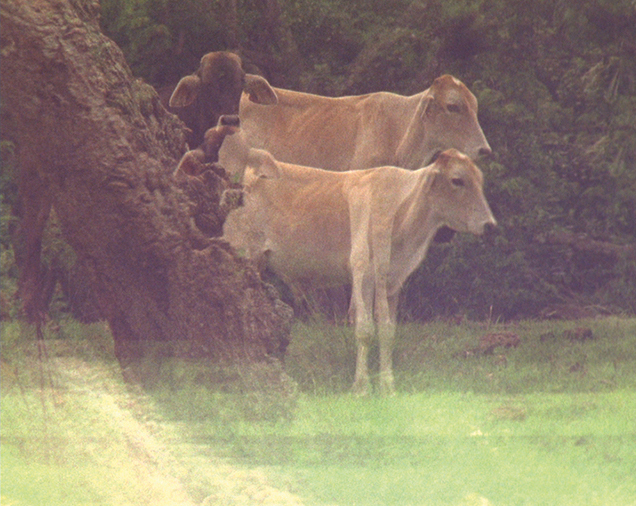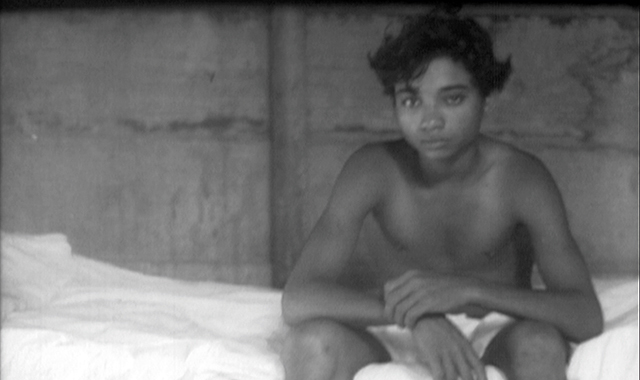10: Elke Marhöfer / Nicolás Guillén Landrián
A dialogue between new audiovisual works, older or rediscovered films and videos by artists and filmmakers who work in the expanded field of contemporary moving image practice.
Courtisane is een platform voor film en audiovisuele kunsten. In de vorm van een jaarlijks festival, filmvertoningen, gesprekken en publicaties onderzoeken we de relaties tussen beeld en wereld, esthetiek en politiek, experiment en engagement.
Courtisane is a platform for film and audiovisual arts. Through a yearly festival, film screenings, talks and publications, we research the relations between image and world, aesthetics and politics, experiment and engagement.
A dialogue between new audiovisual works, older or rediscovered films and videos by artists and filmmakers who work in the expanded field of contemporary moving image practice.

A film shot in Cuba. Not an anthropological film, nor a narrative documentary or a film essay, but certainly a film concerned with foreignness and difference. Mostly filmed in the hilly communes of Yateras, searching for long disappeared clandestine settlements, so-called palenque, where African slaves, Taínos and Chinese forced laborers freed themselves from colonial violence. The film narrates a sense of place, which feels real and imaginary at the same time. It asks whether it is possible to communicate something of the soul of a place, steeped in histories of revolution and dissidence, without relying on didacticism or storytelling, without taking recourse on hierarchical distinctions between the ordinary and the extraordinary, the macro and the micro, the animate and the inanimate.
Landrián’s films are often willingly poetic and offer more of an anthropological critique, than of an educative or post-revolutionary investigation, common at the time. In the year of agriculture, Landrián made a film about dancing – Los del Baile. The film starts with the musician Pello el Afrokán, who developed a music style which he labeled Mozambique. To make a film about dance could be understood as queering the trajectories of revolutionary government, but this alone would be too condensed. In the same year Fidel Castro asked Pello to compose a new Mozambique, aiming for a marriage of music and work, rendering productive what is usually seen as anti-productive. (Elke Marhöfer)

In Ociel del Toa Landrián depicts with a subtle charm, nearly without commentary, what he experienced while living with the farmers: the preparation of food, the birth of a child, a funeral procession, hairdressing. Following a young boy, Ociel, while working on the river, going to a cockfight, to a socialist education program, or for a dance. Outlining the everyday as it is passing by in a balanced, flirtatiously Renoirian manner, always aware of the physical impact images have. (Elke Marhöfer)
Leaving open what is actually reported, the film Reportaje starts with something that resembles a funeral procession. However, the camera behaves fairly unconventionally, causing open laughter, building upon the auratic, affective components it is able to generate when confronting humans and non-humans with its presence. Unnoticeable the procession glides over into a manifestation and somehow it becomes clear that this is a mobilization meeting, aiming at the installment of moral incentive to enhance the efficiency of the work performance. Finally focusing on a young woman, fixing on her gaze, the camera itself becomes possessive, trance like, unable to let go, unable to any longer alternate with other dancers. (Elke Marhöfer)